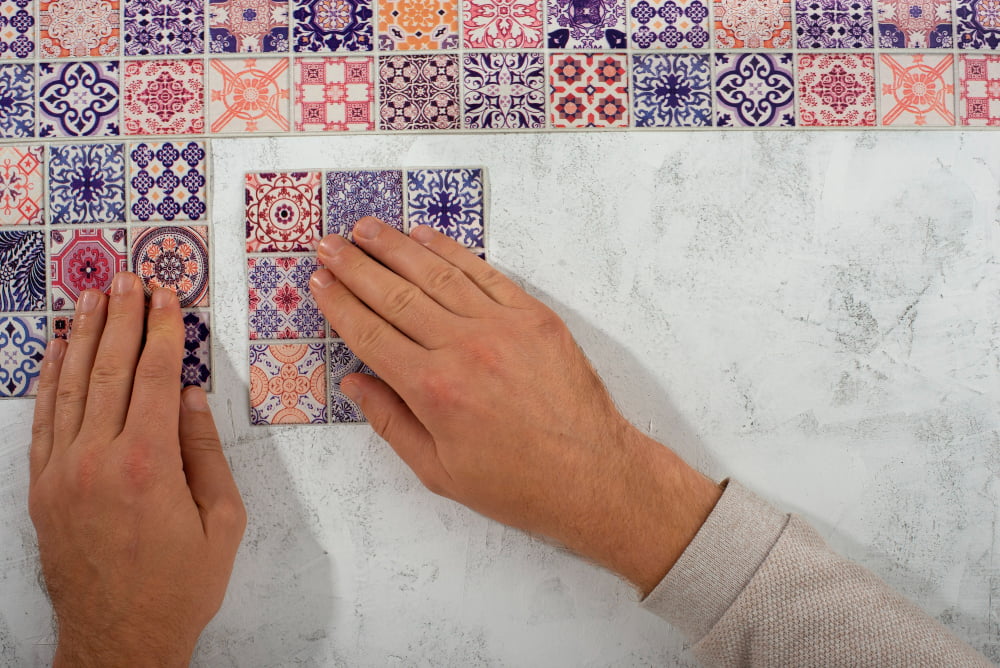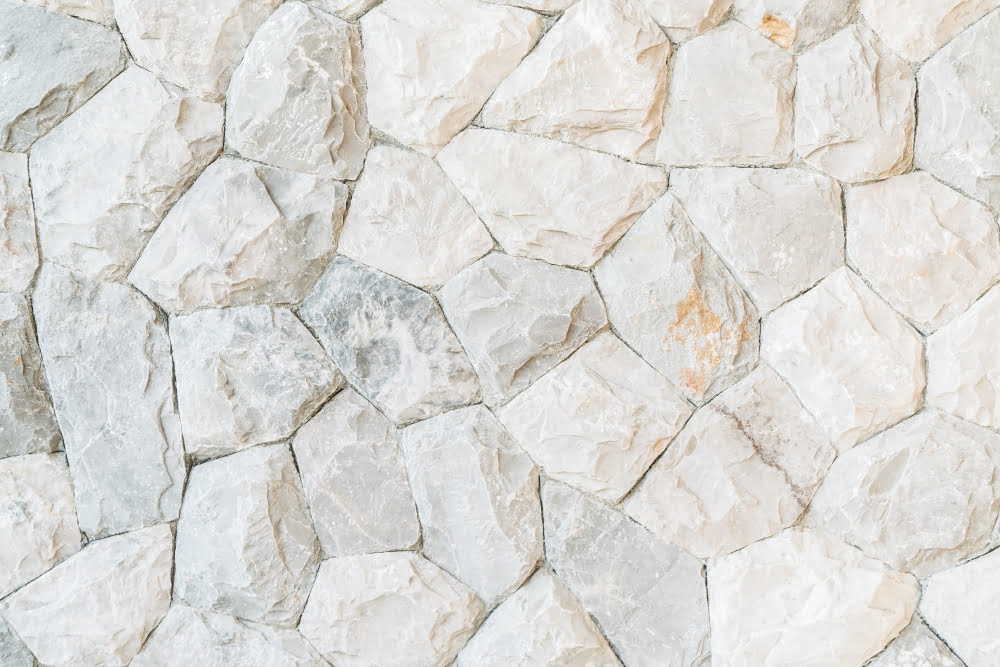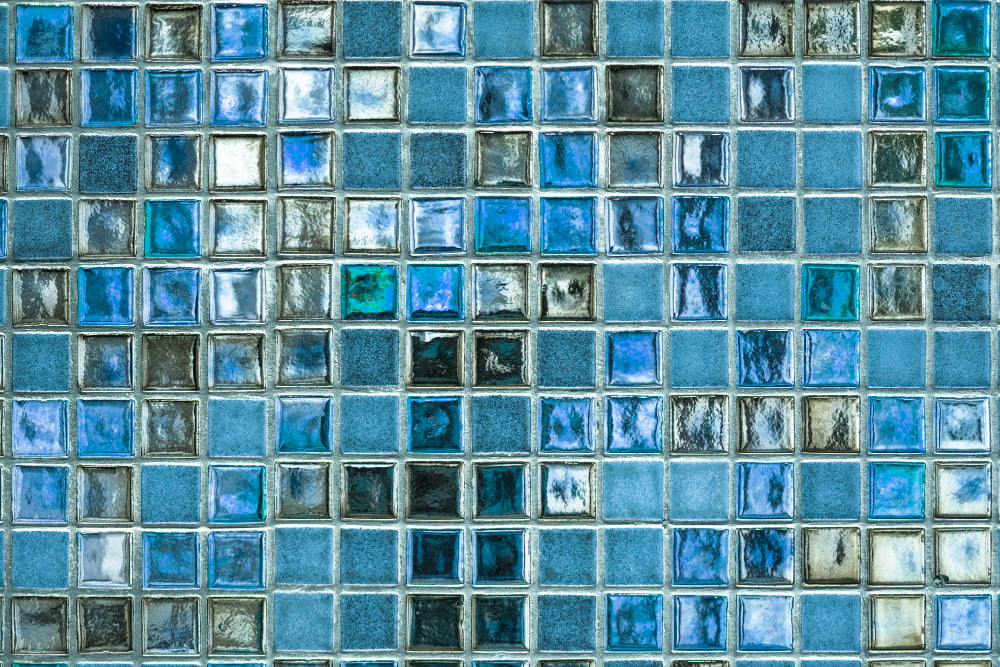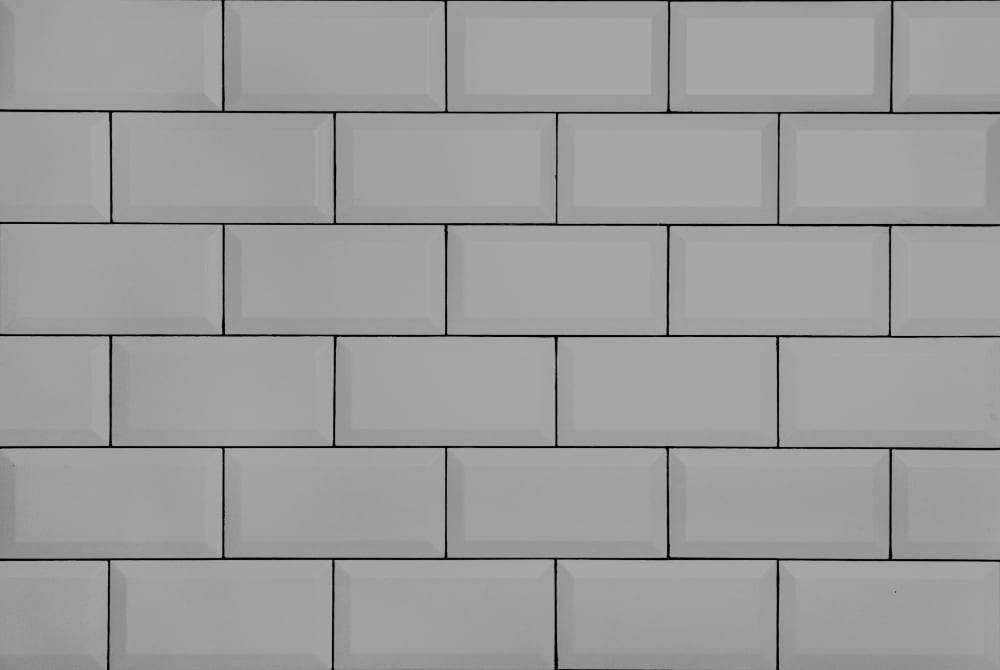Last updated on
Discover the type of tile adorning your shower with our simple guide that breaks down identification techniques for various materials, ensuring you make informed decisions on cleaning and maintenance.
Are you tired of looking at your shower tiles and wondering what type they are? Do you want to know if they’re ceramic, porcelain, or natural stone? Identifying the type of tile in your shower is crucial for proper maintenance and cleaning. Each tile requires different care techniques to keep it looking its best.
In this article, we’ll give you some tips on how to tell the type of tile in your shower so that you can take care of it properly and make it shine like new!
Key takeaways:
- Ceramic tiles: Smooth surface, high-pitched sound when tapped, consistent color, straight-cut edges.
- Porcelain tiles: Smooth surface, uniform color, hardness, low water absorption.
- Natural stone tiles: Color and texture variations, veins or speckles.
- Glass tiles: Translucent or transparent appearance, colder when touched, distinct sound when tapped.
- Mosaic and subway tiles: Small pieces arranged together, rectangular shape with straight edges.
Identifying Ceramic Tiles

Ceramic tiles are a popular choice for shower walls and floors due to their durability, affordability, and versatility. They come in various colors, patterns, sizes, and finishes that can mimic natural stone or other materials.
To identify ceramic tiles in your shower area accurately:
- Look at the surface texture: Ceramic tiles have a smooth surface with a glazed or unglazed finish that gives them shine.
- Tap on the tile: Ceramic tiles produce a high-pitched sound when tapped compared to other types of tile.
- Check for uniformity: Ceramic tiles have consistent color throughout each piece since they’re manufactured using clay fired at high temperatures.
- Inspect the edges: The edges of ceramic tile are usually straight-cut with sharp corners compared to natural stone’s rough-hewn look.
Spotting Porcelain Tiles

They come in various colors, patterns, and finishes that mimic natural stone or wood. To spot porcelain tiles in your shower area, look for the following characteristics:
- Smooth surface: Porcelain tiles have a smooth surface with little to no texture.
- Uniform color: The color of porcelain is consistent throughout the tile.
- Hardness: Porcelain is harder than ceramic tile and emits a high-pitched sound when tapped.
- Water absorption rate: Porcelain has an extremely low water absorption rate (less than 0.5%), making it ideal for wet areas like showers.
Recognizing Natural Stone Tiles

However, they require special care to maintain their beauty. To recognize natural stone tiles in your shower, look for variations in color and texture that are not present in ceramic or porcelain tiles.
Natural stones like marble, granite, travertine have veins or speckles that give them a distinctive look.
To identify the type of natural stone tile you have installed on your shower walls or floor requires more than just visual inspection; it also involves touch and feel. For instance, if the surface feels smooth with no bumps but has some visible pores when you run your fingers over it – then it’s likely limestone.
Another way to tell is by using an acid test kit available at most hardware stores: apply a drop of acid solution onto an inconspicuous area of the tile surface (such as behind the faucet). If there is no reaction within 30 seconds – meaning no fizzing sound nor bubbling- then you’re dealing with granite or slate since these types do not react chemically with acids.
Distinguishing Glass Tiles

They come in various colors, sizes, and shapes that can add an artistic touch to your bathroom. To distinguish glass tiles from other types of shower tiles, you need to check if they have a translucent or transparent appearance. Glass is also colder than ceramic or porcelain when touched.
Another way of identifying glass tile is by tapping it with your fingernail; it produces a distinct sound compared to other materials like natural stone or ceramic.
When cleaning glass tile in the shower, avoid using abrasive cleaners as they can scratch the surface and make them appear dull over time. Instead, use mild soap mixed with water solution applied using soft cloth then rinse thoroughly with clean water.
Detecting Mosaic and Subway Tiles

Mosaic tiles come in small pieces, usually less than 2 inches square, that are arranged to create a pattern or image. Subway tiles, on the other hand, are rectangular and typically measure 3 by 6 inches.
To identify mosaic and subway tiles in your shower, look for their distinctive shapes. Mosaics will have many small pieces arranged together while subways will be larger rectangles with straight edges.
Mosaics can be made from various materials such as glass or ceramic while subways tend to be ceramic or porcelain. If you’re unsure about the type of tile you have in your shower but it looks like either a mosaic or subway tile design then it’s likely one of these two types.
Knowing what type of tile is installed on your bathroom walls is essential when cleaning them properly without causing any damage to their surface finish over time.
Recap:




